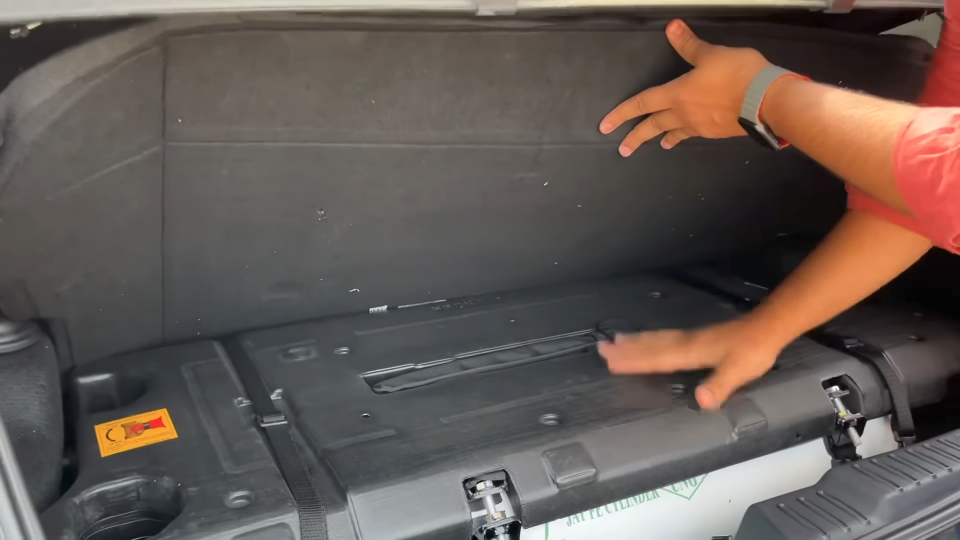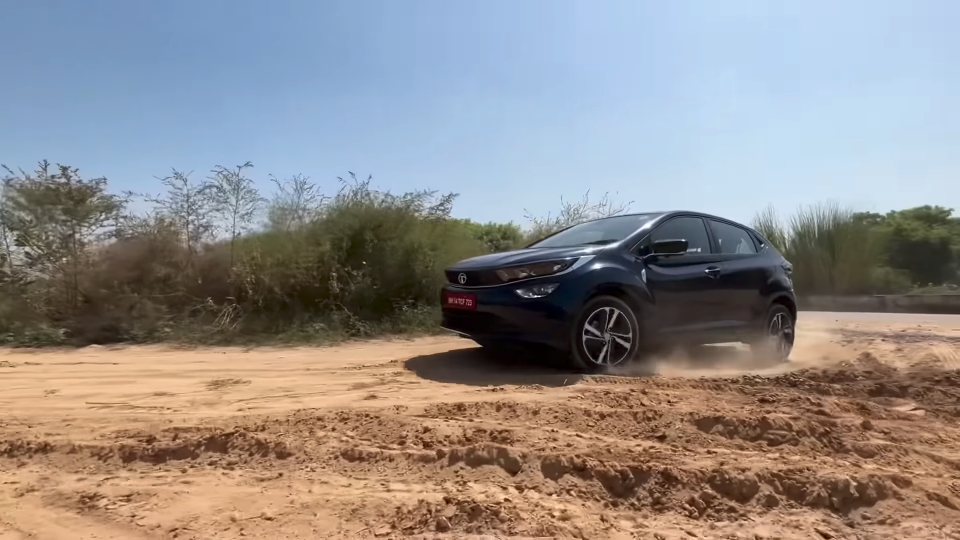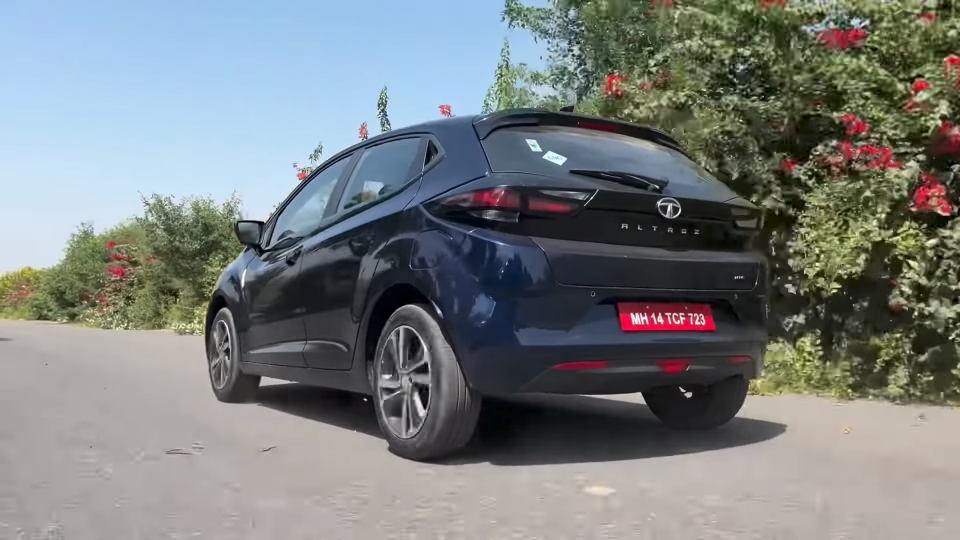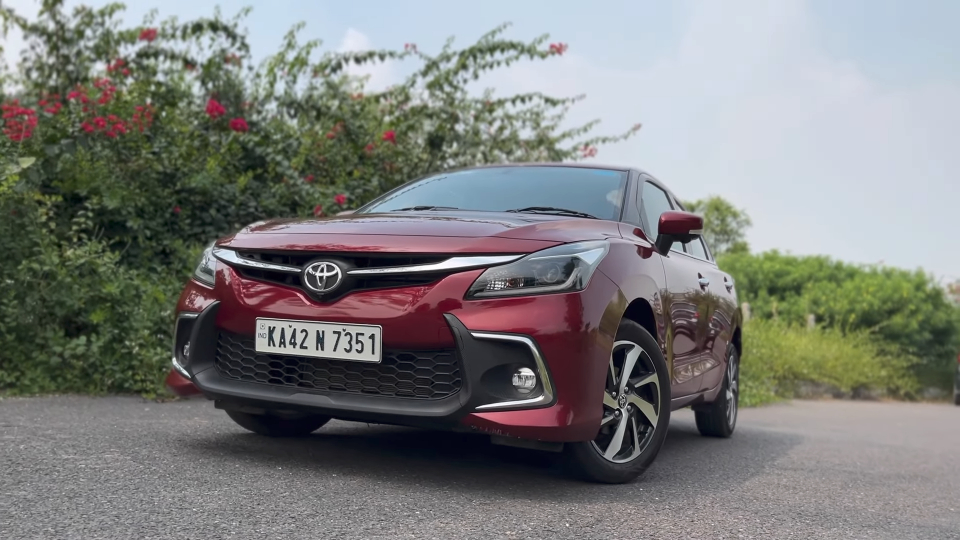Until electric vehicles completely take over the car market, CNG cars will remain the most economical option for customers. We have got our hands on Altroz CNG to tell you whether it is worth the money or not.
Why Tata Altroz CNG?
Look, there are plenty of options out there on the market if you're in search of a factory-fitted CNG car, but most of them come with a compromise. The compromise of the boot space and engine performance, but when Tata entered the CNG space, they tried to address the most basic issues with the CNG cars. We know that CNG tanks fitted in the boot of small hatchbacks nearly eat up all the space, and the boot becomes unusable, but Tata very cleverly came up with the innovative idea of putting two equal-sized small tanks instead of a single large one. This technique prevented the complete sacrifice of the boot space. The Altroz offers 210 litres of boot space, which is definitely down compared to the regular Altroz’s 345 litres but still better than having nothing at all. However, it was obvious that the spare tyre had to be moved below the car under the boot, and it was also reduced in size. Tata tried its best to make your drive hassle-free by offering a puncher repair kit so that the need to remove the spare wheel from underneath is minimised, but still, if the need arises, the process is not very cumbersome.

On the other hand, the second major downside with the CNG cars comes in the form of lowered engine performance, but Tata has tried to rectify it as well, at least up to some extent.
How the Altroz CNG Drive?
The engine in the Altroz CNG is the same tried-and-tested Tata’s 1.2-litre, three-cylinder that produces 88 hp and 115 Nm in Petrol mode, while in CNG mode the power drops to 73.5 bhp and torque comes down to 103 Nm.

Crank the engine, and it feels reasonably quiet considering that it is a three-cylinder engine, though the regular NVH is higher compared to other cars in the segment. It starts directly in CNG mode. Unlike other CNGs, which get a separate ECU for petrol and CNG operations, Altroz gets Tata’s famous single ECU technology for both petrol and CNG operations, which helps the car switch between the fuel options effortlessly and without any delay. The single ECU also helps in maintaining the engine parameters better so that it performs optimally in every scenario.
When it comes to driving, the clutch is smooth and light enough, but the gear liver is not as smooth shifting as some of its rivals. The driving manner is so good that you can’t even tell that the car is running on CNG or petrol. The engine feels punchy enough, even in CNG mode, that the car even spins its front wheels when launched aggressively. But it must be kept in mind that the Tata Altoz is a heavy car, and we all know that the Tata’s 1.2 is not a performance engine, and even the regular petrol Altroz feels slow compared to rivals.
Steering is well calibrated and gives you optimum feedback. Suspension tuning is on the stiffer side, and at slow speeds, it transfers the road undulations into the cabin, but as the speed increases, the car gets more planted and the ride becomes flatter. A little softer setup could have done wonders in terms of a slow-speed ride. Overall, the Altroz drives in a very mature manner and offers the best ride and handling balance in the segment.
One thing we noted in the bright sun is that the upper part of the dashboard is reflected on the windscreen, which causes visibility issues. Driving the car for a longer duration, we realised that the seats don’t offer the best underthigh support, both at the front and the rear.

Safety
CNG cars are always under scrutiny when it comes to safety, but to tackle that, Tata has equipped the Altroz with a leak detection sensor that cuts off the CNG supply immediately if a leak is detected and the car switches to petrol mode. The fuel filler cap is linked to a micro switch, which shuts off the engine if the cap is detected as open. In the worst-case scenario, though, one would need a fire extinguisher, and Tata has thought of that too and offers a fire extinguisher under the driver’s seat. The CNG tanks are packed in a cradle that would prevent them from entering the passenger space in case of a rear-end collision.
Other safety options include dual front airbags, corner stability control and ISOFIX mounts, adjustable headrests, a rear camera, and rear parking sensors. The Altroz is also rated a top-five star by the Global NCAP, so in that regard, it is segment-best.
Features
Just like the regular Atroz, the CNG version also gets all the bells and whistles. The sunroof is the first of its kind in the CNG hatch segment in India, and it can also be controlled via voice commands. Other features include 16-inch alloy wheels, leather-trimmed seats with leatherette, auto-on-demand headlamps and wipers, LED ambient lighting, a 7-inch touch-screen with Android Auto and Apple CarPlay, Tata iRA Connected Car Technology, a wireless phone charger, and an onboard air purifier. Tata has not done any cost-cutting and has provided a good set of double-blade wipers.

Verdict
To sum it up, if you are in search of a premium hatchback but wish to save on running expenses without compromising on features and premium appeal, the Altroz CNG makes sense. Yes, it is expensive if you are going for the top-spec version, but at least you have the option to have a fully loaded CNG car, which was not available in our market before. The price of the iCNG starts at Rs 7,55,400 for the basic XE trim, and Rs 10,54,990 is the price of the XZ+O (S) trim. (Ex-Showroom, Delhi). The other two CNG cars on the market are the Balena CNG (Rs 8,35,000 to Rs 9,28,000) and the Glanza (Rs 8,60,000 to Rs 9,63,000). These cars may seem more affordable, but they are only offered in mid-spec trim and lack many of the features that top-spec Altroz offers, such as sunroofs and more.
| Previous Review | Next Review |
 Should you buy the Maruti Invicto ? - Review Should you buy the Maruti Invicto ? - Review |
 Toyota Glanza Review: Better than the Baleno?
Toyota Glanza Review: Better than the Baleno? |